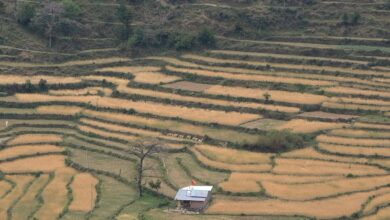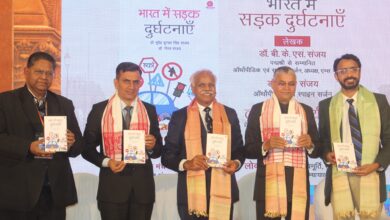Ultra marathon ‘Adi Kailash Parikrama Run 2025’ on Nov 2

Ultra marathon ‘Adi Kailash Parikrama Run 2025’ on Nov 2
B. D. Kasniyal
Pithoragarh, Oct 9
An Ultra Marathon race, named as ‘Adi Kailash Parikrama Run 2025’, the first such event in the state, will be held on November 2, this year. Dheeraj Singh Garbiyal, Secretary, Tourism, Uttarakhand said that athletes from 20 states of the country will participate in the men and women categories.
Dheeraj Singh Garbiyal, who reached here to take stock of preparations for the event, told media persons that the main objective of this high altitude marathon run is to promote adventure tourism and boost employment in the border villages of Vyans valley that have been declared as vibrant villages by Government of India.
“We are also aiming to promote winter tourism at border villages that have been situated at Indo-China border with the intention to encourage locals to stay in their villages even during winter months when these villagers used to migrate to lower valleys due to snow.
The tourism secretary said that after success of Ultra Marathon Run at ‘Adi Kailash’ region, the department will organised same event in Niti valley of Garhwal region.
“We have named Niti valley as grand canyon of India and will develop the valley on the same line, ” said Dheeraj Singh Garbiyal.
He further said that with an intent to promote adventure tourism in the state 141 youth have been trained in paragliding at Barasur fort of Champawat district.
” The youth, from all 13 districts of state have been given licences for paragliding to enable them to operate in their respective districts to create more jobs there,”said the tourism secretary.





